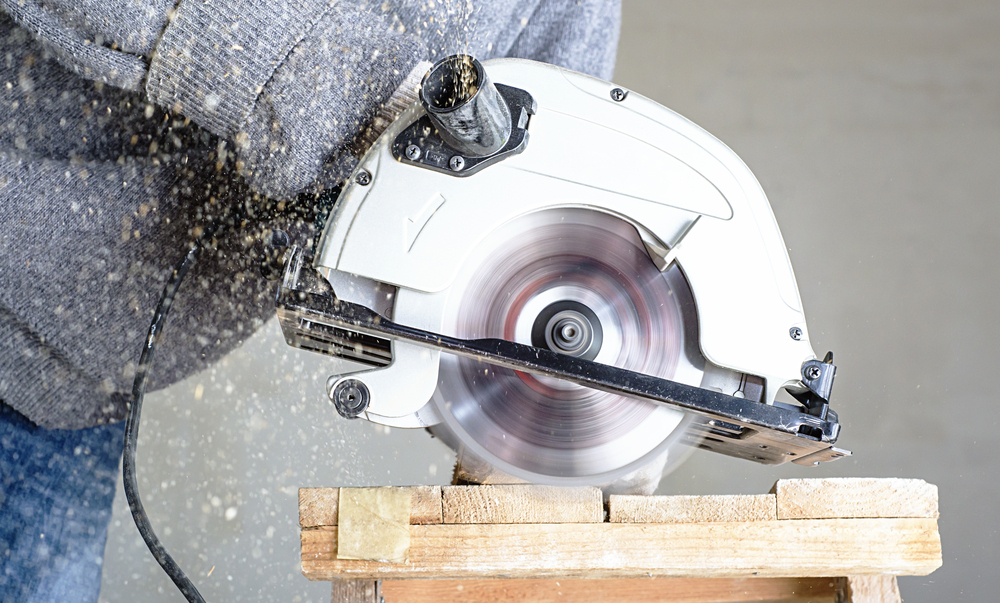
Cutting Blades FAQs: Everything You Need to Know Before You Buy
January 3, 2025 5:01 pm Leave your thoughtsCutting blades are essential tools for various industries, including construction, manufacturing, and even DIY projects. Whether you’re working with metal, wood, or other materials, selecting the right cutting blade can make a huge difference in the quality of your work and the efficiency of your tasks. However, with so many options available in the market, it can be difficult to figure out which cutting blade is the best for your needs. This blog will help you understand everything you need to know before purchasing cutting blades, including how to choose the right one, the types of cutting blades available, and how to properly maintain them, especially if you’re located in Anchorage, AK.
Understanding the Different Types of Cutting Blades
When it comes to cutting blades, there is no one-size-fits-all solution. Each cutting blade is designed for a specific purpose, material, and type of work. Here are the most common types of cutting blades and their applications:
1. Circular Blades
Circular blades are one of the most popular types of cutting blades used in woodworking, metalworking, and construction. These blades are typically round, with teeth around the perimeter that rotate at high speeds to slice through materials. They are ideal for straight cuts in wood, metal, plastic, and even some softer materials like rubber.
2. Jigsaw Blades
Jigsaw blades are designed for use with a jigsaw tool. They are ideal for making intricate, curved cuts in a wide variety of materials, including wood, plastic, and metal. Jigsaw blades come in various types, including fine-tooth blades for smooth cuts and coarse-tooth blades for faster, rougher cuts.
3. Reciprocating Saw Blades
Reciprocating saw blades are designed for use with reciprocating saws, commonly known as “Sawzalls.” These blades are typically used for demolition work and are perfect for cutting through tough materials like wood, metal, and PVC pipes. They come in a range of tooth configurations for different cutting tasks.
4. Band Saw Blades
Band saw blades are continuous loops of metal with teeth along the edge. These blades are perfect for cutting curves, intricate shapes, and straight cuts in wood, metal, and plastic. They are commonly used in industrial settings but are also found in smaller, portable models for personal use.
5. Diamond Blades
Diamond blades are typically used for cutting extremely hard materials such as concrete, stone, and tile. These blades are equipped with diamond segments along the edge, which allows them to slice through tough surfaces with ease. They are used in both wet and dry cutting applications, depending on the material.
How to Choose Cutting Blades
Selecting the right cutting blade for your needs is essential to ensure efficiency and safety. Here’s a quick guide to help you understand how to choose cutting blades based on material, type of cuts, and blade features.
1. Material Compatibility
The first thing to consider when choosing a cutting blade is the material you’ll be cutting. Different blades are designed for specific materials. For example, if you’re cutting wood, a circular saw blade or jigsaw blade would work best. On the other hand, if you’re cutting metal, you might need a blade made from high-speed steel (HSS) or carbide-tipped material for better durability.
2. Type of Cut
Next, consider the type of cut you need to make. If you’re making straight cuts, circular saw blades are ideal. For intricate, curved cuts, a jigsaw blade is the best choice. If you’re working on demolition projects or cutting through thick materials, a reciprocating saw blade will be more effective.
3. Blade Size and Teeth Configuration
Cutting blades come in various sizes and teeth configurations, and choosing the right one will depend on the job at hand. For example, a blade with more teeth will give you a smoother cut, while a blade with fewer teeth will cut faster but may produce rougher edges. Blade size is also important – larger blades can handle thicker materials, while smaller blades are more suitable for precision cutting.
4. Blade Material
The material of the cutting blade plays a crucial role in its performance. High-speed steel blades are versatile and can handle most materials, while carbide-tipped blades are designed for tougher materials like metal. Diamond blades are specifically designed for cutting through hard materials like concrete and tile. Make sure you choose a blade material that can handle the demands of the material you’re working with.
5. Cutting Speed and Power
Some cutting blades are designed for high-speed cutting, while others are optimized for more controlled, slower cuts. Choose a blade that matches the power of your tool and the speed you need for your project.
Cutting Blades Maintenance in Anchorage, AK
Proper maintenance of your cutting blades will help extend their lifespan and ensure optimal performance. Here are some essential tips for maintaining your cutting blades, with a particular focus on the climate and conditions in Anchorage, AK.
1. Keep Blades Clean and Lubricated
To maintain the effectiveness of your cutting blades, it’s essential to keep them clean. After each use, remove any debris or material build-up on the blade. This will prevent the build-up from affecting the cutting performance. In Anchorage, AK, where the weather can be harsh, it’s especially important to remove moisture and rust that can form due to changes in temperature.
You can use a lubricating spray or oil to coat the blade before and after each use. This helps reduce friction, prevents rust, and ensures smoother cuts.
2. Inspect the Blade Regularly
Regular inspection of your cutting blades is crucial for identifying signs of wear and tear. Look for any cracks, chips, or dullness along the blade. In Anchorage, AK, where tools may be subjected to extreme weather conditions, it’s a good idea to check your blades more frequently to ensure they haven’t been affected by the cold.
3. Sharpen Your Blades
If your cutting blades start to dull, you’ll need to sharpen them to maintain their cutting power. Some blades, like circular saw blades, can be sharpened using a special sharpening tool. Other blades may need professional sharpening. In Anchorage, AK, where outdoor conditions may accelerate wear and tear, sharpening your blades regularly will help avoid costly replacements.
4. Store Blades Properly
When you’re not using your cutting blades, store them in a dry, cool place to avoid damage from humidity or extreme temperatures. If you’re in Anchorage, AK, where the winters can be especially cold, make sure your tools are stored indoors, as extreme cold can affect the blade’s metal and performance.
5. Follow Manufacturer’s Guidelines
Each cutting blade comes with specific care and maintenance instructions from the manufacturer. Make sure to follow these guidelines to avoid voiding any warranties and to ensure that your blades last as long as possible.
Conclusion
Choosing the right cutting blade and maintaining it properly is essential for achieving high-quality results in your projects. By understanding the different types of cutting blades and how to choose them based on your needs, you can significantly improve the efficiency and accuracy of your work. Additionally, proper cutting blades maintenance, especially in Anchorage, AK, where harsh weather conditions can cause extra wear and tear, will ensure that your blades remain in excellent condition for years to come. So, the next time you need a cutting blade, remember these tips to make an informed decision and get the best performance out of your tools!
Got questions about cutting blades? Let us help! Call us today to learn more!
Categorised in: Tenryu Saw Blades
This post was written by admin

